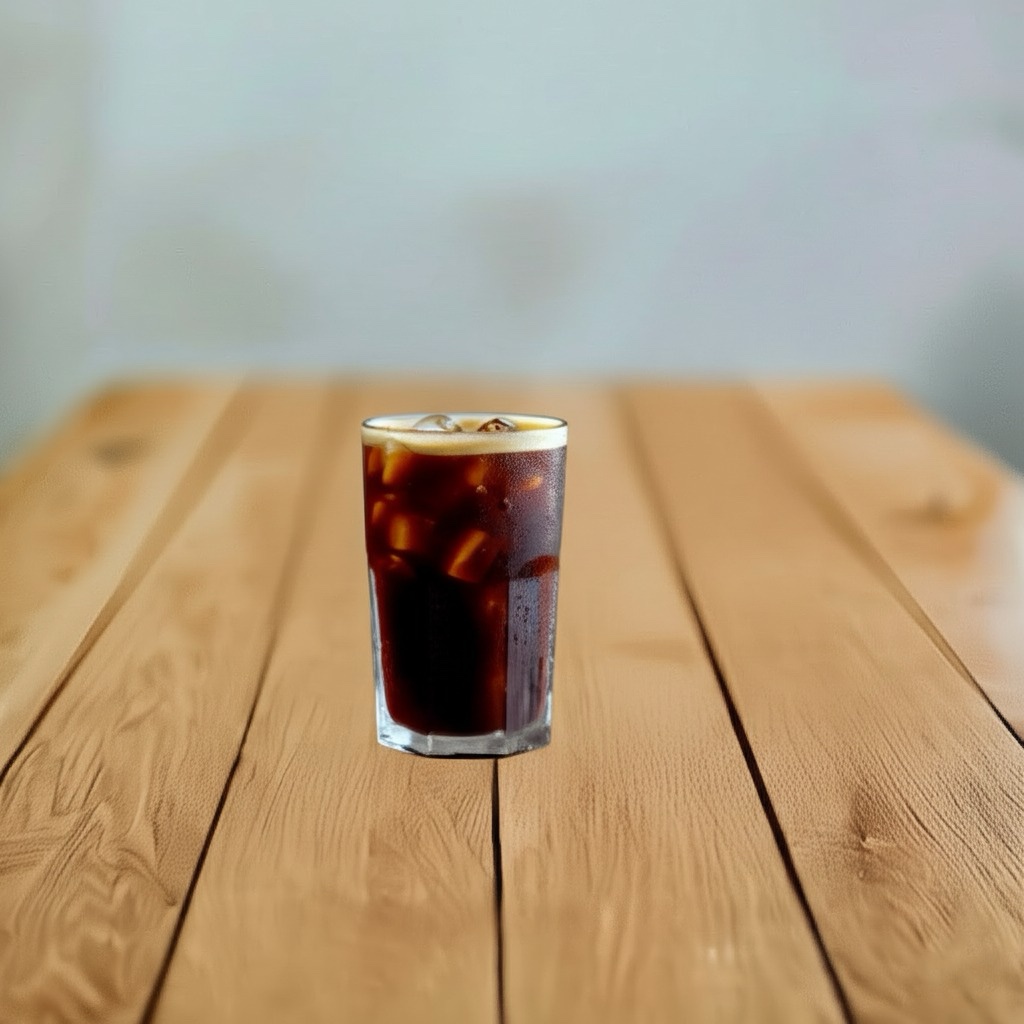
Does Brewing Method Change Caffeine Levels? Espresso vs. Drip vs. Cold Brew
Ever wonder if your morning espresso packs more punch than a large cold brew? The way you brew your coffee doesn't just affect taste; it significantly impacts caffeine content. Let's explore how different methods stack up.
Understanding Extraction
Caffeine extraction depends on water temperature, time, grind size, and the coffee-to-water ratio. Hotter water and longer contact time generally extract more caffeine, but it's not always straightforward.
1. Espresso: Concentrated but Small
A single shot of espresso (~1 oz) typically contains 40-75mg of caffeine. While highly concentrated, the small serving size means the total caffeine is often less than a standard cup of drip coffee.
- Method: Hot water forced through finely-ground beans under pressure.
- Key Factor: Short extraction time (~25-30 seconds).
2. Drip Coffee: The Standard Cup
An 8 oz cup of standard drip coffee usually has 80-150mg of caffeine, varying by bean type and brew strength.
- Method: Hot water drips through medium-ground coffee in a filter.
- Key Factor: Longer contact time compared to espresso allows for more caffeine extraction into a larger volume.
3. French Press: Full Immersion
Similar to drip coffee, an 8 oz cup from a French press contains roughly 80-135mg of caffeine. The immersion method and coarser grind affect extraction.
- Method: Coarsely ground coffee steeped in hot water before pressing.
- Key Factor: Direct contact between water and grounds for several minutes.
4. Cold Brew: Slow and Steady
Cold brew concentrate is potent, but typically diluted. An 8 oz serving (after dilution) might range from 100-200mg of caffeine, often higher than drip due to the high coffee-to-water ratio used during brewing.
- Method: Coarsely ground coffee steeped in cold water for 12-24 hours.
- Key Factor: Very long extraction time compensates for low temperature. High coffee ratio leads to strong concentrate.
Conclusion
While espresso has the highest concentration, a standard serving of drip or cold brew often delivers more total caffeine. Your choice depends on taste preference and desired caffeine kick!
Advertisement Space
Your ad could be here